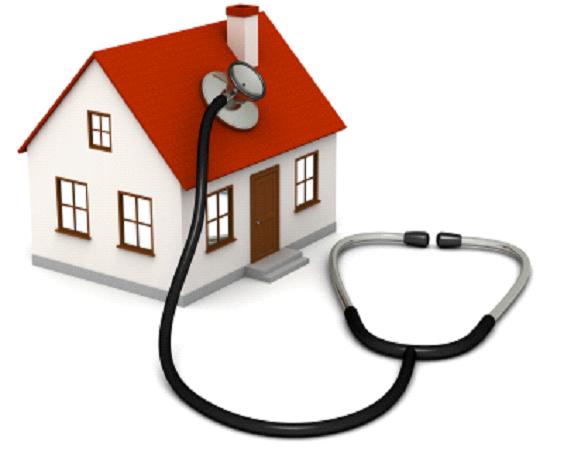Sick Building Syndrome Symptoms, Causes, Diagnosis and Treatment

What Is Sick Building Syndrome?
Sick building syndrome SBS is a medical term which describes conditions in which building occupiers experience severe comfort and health effects that appear to be associated to time spent in any building; however, no specific cause or illness can be identified. According to a report, it is suggested that almost 30 percent of remodeled and new buildings globally may be a subject of complaints associated to poor or improper indoor quality of air.
The causes of sick building syndrome are pinned frequently down to flaws in the ventilation, heating, and HVAC air conditioning systems. Different causes have been recognized to contaminants created by outgassing of several types of building materials, VOC, molds, improper ozone exhaust ventilation, light industrial chemicals used within, or lack of tolerable fresh-air filtration or intake.
What Are The Symptoms Of Sick Building Syndromes?
The symptoms are classified into several categories, such as:
- Irritation to mucous membrane (throat irritation, nose and eye),
- Neurotoxic reactions (headaches, irritability and fatigue),
- Asthma sort of symptoms (for instance: wheezing and chest tightness),
- Irritation
- Skin dryness,
- Gastrointestinal issues
Several occupants suffering from Sick Building Syndrome may give individual symptoms or signs which don’t seem to be linked. The discovery key is the amplified illnesses incidence of generally with the exacerbation or onset within a close frame time, usually within few weeks. In several cases, the symptoms will be dismissed soon after the sufferer leaves the particular zone or room. Though, there may be various lingering effects of neurotoxins, which don’t resolve when the sufferer leaves the particular building.
What Are The Causes Of Sick Building Syndrome?
The following are the causes of air pollutants:
- Initial discharges from fittings and components of a building, the generally new smell disperses for short time but can persist for years.
- Organic volatile compounds, consisting of formaldehyde, cleaning items, as well as manufactured wood and plastic products.
- Printers and photocopiers Ozone.
- Carbon dioxide, Carbon monoxide as well as other inorganic oxides given away as heating systems combustion products.
- Small fibers from regularly furnishings disturbed into the air via the repeated sweeping. Even though, asbestos in ancient or antique buildings.
- Smoke of Tobacco.
What Are The Complications Of Sick Building Syndrome?
The SBS Complications such as:
- High ratios of employee absenteeism or sickness,
- Low efficiency,
- Low satisfaction to job and
- High turnover of employee
How Sick Building Syndrome Is Diagnosed?
The doctor can easily diagnose that the patient is suffering from the symptoms will be soon relieved after leaving the particular zone or room by the occupant.
How Sick Building Syndrome Is Treatment?
The Sick building syndrome will be soon relieved soon after leaving the specific zone or room. Different methods to decrease SBS incidence consist of increasing the air exchanges quantities, recognizing the sources of pollutant during non-occupancy period and therefore, regular removal of the mold and algae sources.
How Sick Building Syndrome Is Prevented?
The Prevention of Sick building syndrome consists of removal of all the concerned factors – such as paints use, adhesives, pesticides and solvents only in the proper ventilated regions, removing water-stained carpeting and ceiling tiles.
By : Natural Health News




